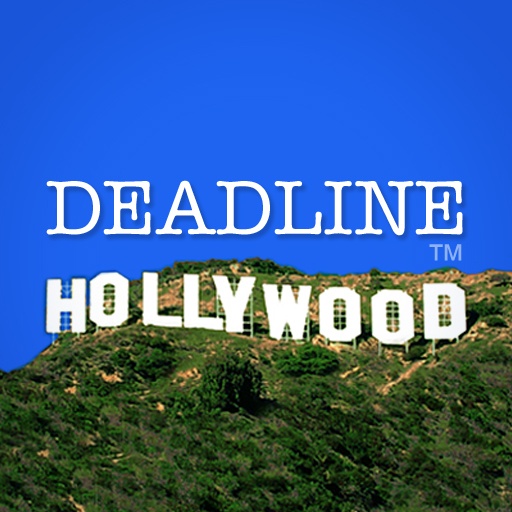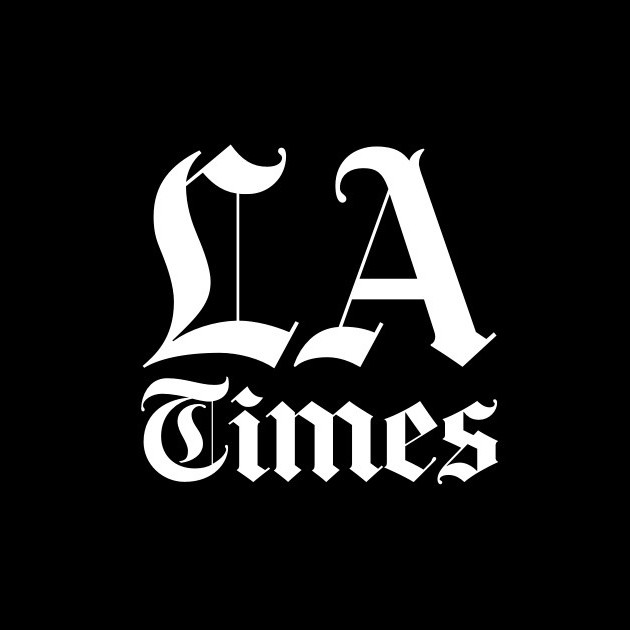How I Shot That: DP Eric Edwards Explains Why The Right Tools Are More Important Than Ever

How I Shot That: DP Eric Edwards Explains Why The Right Tools Are More Important Than Ever
It’s been twenty-five years since Eric Edwards worked with Gus Van Sant in shooting the seminal “My Own Private Idaho,” having already worked in the industry for a decade. Since that time, he’s been the cinematographer for projects across multiple media, including narrative features, documentaries and music videos. Now, he’s lent his expertise to “The Hollars,” the latest directorial effort from actor John Krasinski.
The film, which follows Krasinski as a man returning to visit his ailing mother (Margo Martindale), premiered this past weekend at Sundance. Edwards sat down with us to discuss the practical and psychological motivations behind the artistic and technical choices that went into making “The Hollars.”
What camera and lens did you use? We used the ALEXA. The XT with the 4:3 sensor. We shot with the Hawk anamorphic lenses and they were the 1.3x squeeze that took the native 4:3 sensor and stretched it into a 1.85 format. So the film was shot with anamorphics, not with the intention of being widescreen, but with the intention of being 1.85 with the wonderful, yummy artifacts of the Hawk lenses.
Why was this the right camera kit for the job? I think they’re much warmer lenses and I think that they have a very distinct personality. This film had a really intense subjective story about the psychology of this family. So it was about digging into their heads and having a visual style that fit the warmth and the closeness and the familiarity of normality. Those lenses gave what you call in the record world a non-analog feeling. It’s almost like you have surface noise. The ALEXA is the main camera I use. I’ve shot with the RED a few times. The ALEXA seems to be more cinematically color-spaced, color-scienced for cinema. But they’re both great cameras.
Any particular challenges in shooting this film? I knew it had to be the kind of film that is a one-camera-shoot film. It’s about always placing the camera at the best advantage of getting the best shot of people. The psychology of the story is really told from the torso up. It’s human psychology, so the camera needed to be in. Them being shot independently like a one-camera shoot is the best way to go for a cinematographer, because you can give your best attention to every frame. But we still needed to shoot this thing multi-camera, which was tricky for two things: For lighting and for the equipment. These lenses are very rare. You can’t double up the primes. So I had two zooms and a set of primes and we constantly doing cross-coverage on medium shots and close-ups.
The challenge with three cameras is that John Krasinski comes from his own school of improvisation. All the actors we had, which were amazing, were often actors that wouldn’t do a take the same way. So you really wanted to have both sides of the conversation for the editor.
Of all your training and schooling, what one experience made you the cinematographer you are today? I started out in documentaries when I was young, so I learned how to do everything with nothing. I learned how to light a scene with one light, so I always had that directness in getting good aesthetic results with lighting very little. Shooting “My Own Private Idaho” originally and being immersed in that with great actors and single-camera, then shooting a film called “Kids” with Larry Clark, which was really guerrila. Handheld all the time, running around the streets, it’s really documentary shooting, but with very specific kids who are nailing the script all the time. We only had fifteen days on that, whereas “The Hollars” had 25 or 30.
Visually, you dig into the human condition. Your attention is on what people are going through and their situations. That training in having films be about human relationships is what helps.
What advice would you give to an aspiring cinematographer? I think we’re all shooting on digital now for the most part, unless some of us can demand or get alongside of a director who’s sympathetic with film. Which happens. There’s quite a few films that are shot in 16mm and even 35mm. Digital is a thing you have to deal with.
From a technical point of view, it’s how you light and what kind of glass you put in front of that camera. The camera itself is a single Bayer filter and a CMOS chip and they all behave rather similar. It’s not like film. There are no reds like there used to be reds. It’s too clean. So you have to get around this sanitized, copacetic device by putting more analog or more vintage pieces of glass on the camera. It’s almost like we’re all going back to vinyl records with the camera. We’re trying to find that zone that dirties it up and gives us a matrix through which we can tell stories. It’s funny how choosing the right tools is more important now than it ever was.
Most directors and cameramen I know grew up with a camera in their hand. They’d start with a Bolex or a Super-8 camera. Those cameras are all legitimate. Seems like every cameraman should know what Super 8 means, what Video8 means and what a Handicam is. Then the more professional ones that they shoot news with. Then, of course, the digital cameras like the ALEXA and the RED. It’s important to shoot with them all and know what they mean and what the aesthetic of each image is.
Who is your favorite cinematographer, and why? I grew up idolizing Robby Müller, László Kovács, Vilmos Zsigmond, Sven Nykvist. Connie Hall was brilliant. There’s so many. Even John Alcott, the Englishman who shot “Barry Lyndon.” Of course now, you have the great new ones. [Robert] Richardson, Chivo [Emmanuel Lubezki], [Rodrigo] Prieto, [Roger] Deakins. There’s too many to mention. I grew up looking at films from the French New Wave, Italian New Wave, American films like Woody Allen, Scorsese, Spielberg. That’s another thing I tell people: “Keep watching movies.”
What new piece of equipment are you most excited about using in 2016? There’s some really good lenses. The Cooke anamorphics are good. The Hawks are great. There are some new sexy zooms coming out from Fujinon and Zeiss and Angénieux. I’m a middle-aged cameraman, but the most exciting thing to come out really is the drone. Also, this gimbal is an incredible tool. I don’t think it replaces Steadicam because Steadicam can go longer. But for those close-proximity camera moves, the drone’s important because you can get right in there without any prop wash or roto wash. And you can get these gimbals right up to the door of a car, push it inside the car. We’ll see a lot of that.
[Editor’s Note: The “How I Shot That” series is part of the Indiewire and Canon U.S.A. partnership at the 2016 Sundance Film Festival in Park City, where we celebrated cinematography and photograph Sundance talent at the Canon Creative Studio on Main Street.]

 Previous Post
Previous Post
